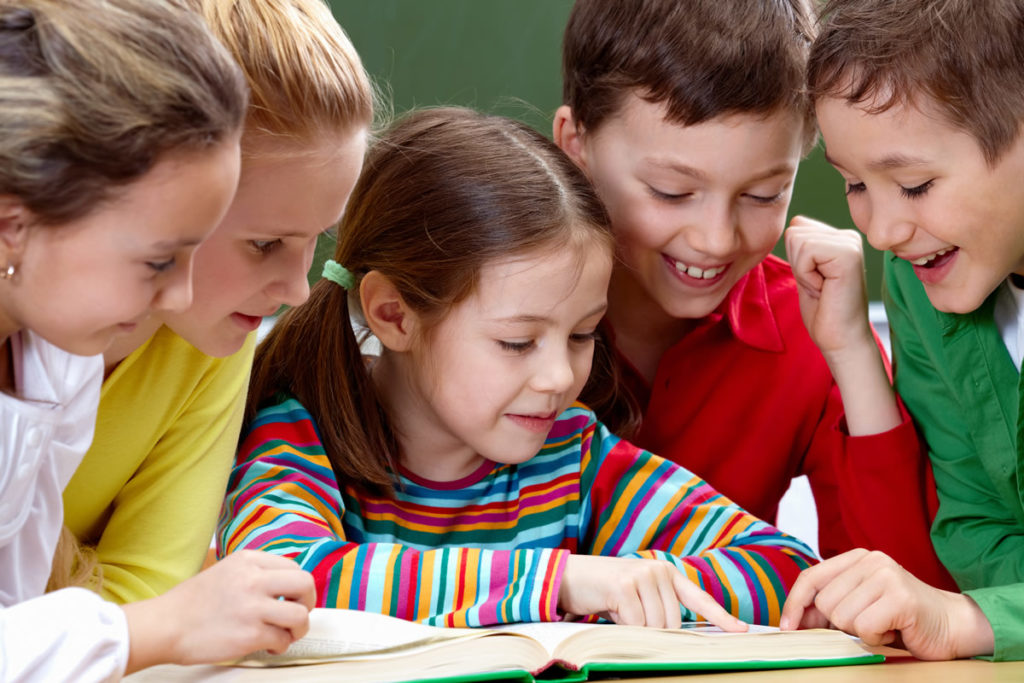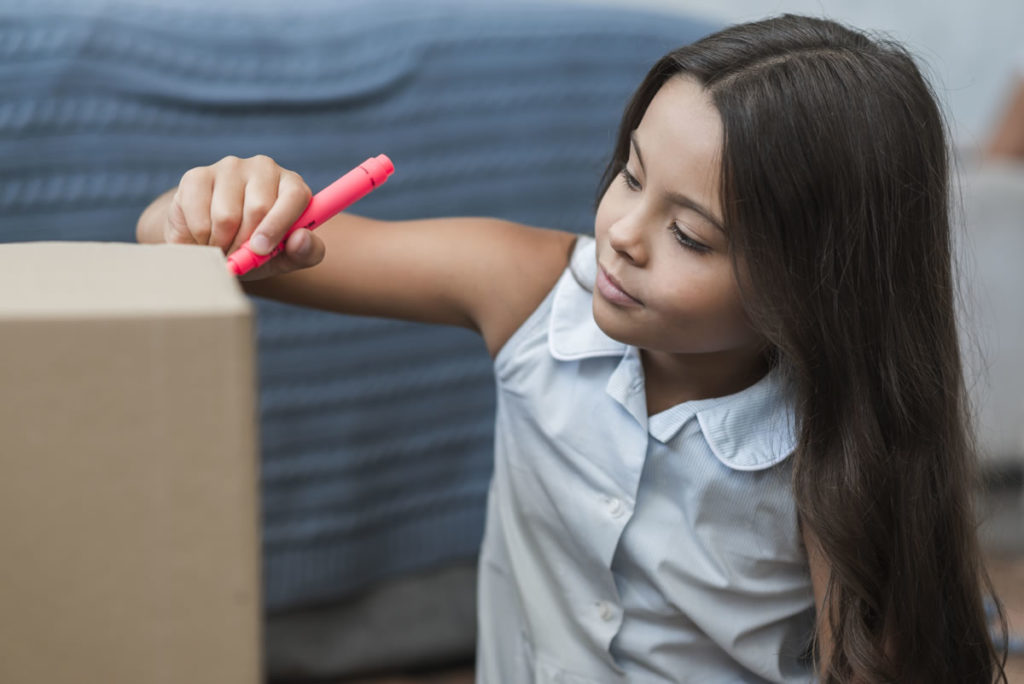Sometimes the best way of working with values is found in our own past, and that is why today we want to present you an interesting and original way of working with values and concepts such as good and evil with students through mythology .
- Subjects that we will work on in this activity: mythology, philosophy, literature, language, art …
- Activity especially recommended for children between 6 and 12 years old.
- Keywords: nature myth, creation myth, myth, Greece, Zeus, creation story, Pandora, good, bad, values.
What does this activity consist of? Steps to get started
Students read the myth of “Pandora’s Box” and then create modern versions related to the box of evil and hope that Hermes, the messenger god, gifted to Pandora.
BASIC LEARNING OBJECTIVES IN THIS ACTIVITY
- Learn about different types of myths.
- Study the myth of the “Pandora’s box”.
- Work in small groups to brainstorm modern symbols of evil, good, and hope .
- Create modern versions of Pandora’s box set, for example, in our society and in our days.
- Rate your own efforts and those of your colleagues.
MATERIALS WE WILL NEED TO CARRY IT OUT
- Cardboard boxes (one for each group of 4-5 students).
- Markers, paints.
- Objects (students will provide them).

Steps to follow in the development of the activity
Begin the lesson by introducing students to creation myths, stories that explain the origins of things. Then ask students to provide examples of creation stories (reference may be made to the Bible or other religious and / or philosophical sources). Discuss with students the distinction between religious and mythological stories .
For additional information, you can invite students to visit the myths section of our general portal of the Forest of Fantasies , where in addition to the myth of Pandora, they will find other very interesting and well-known ones.
Next, compare the creation myths with other mythologies. You can explain at this point, for example, that nature myths are stories that explained natural phenomena, such as the way the sun shone, why the bear sleeps all winter, or what caused the first hurricane.
Regarding the activity, comment with the students that the myth of Pandora explains the origin of evil in the world . You can start a discussion by asking students to share any stories that explain the origins of evil that they know or have heard at some point. If no one mentions any, you can suggest the story of Adam and Eve.
Ask students to make connections between Eva and other characters in literature, and then introduce the story of Pandora’s box. If you cannot find a version that convinces you, remember that in the section of mythology for children of the Forest that we mentioned before, the stories have been elaborated with a basic and simple language in order to make them accessible to primary grades.
Pandora’s Box is a story about how evil came into being in the world. In this Greek myth, evil came out of a box, however, the box also contained a good thing: hope; a hope that, especially in moments of sadness or discouragement, allows us to gain strength to continue with the illusion that things will improve, and that is what allows us to grow and live.
After sharing the story, discuss with the students some of the parallels between Pandora’s box and the story of Eva eating the apple. Then you can ask questions like the following:
- Is there a moral to the story? (Curiosity killed the cat).
- Where is the story set? (Greece).
- Who is the protagonist? (Prometheus).
- What was Prometheus like? (a giant titan that would be condemned by Zeus).
- What did Prometheus do? (made Zeus very angry by stealing the fire from Mount Olympus).
- Who are other characters in the story? (Zeus, Pandora, Epimetheus…).
- What are those characters like? (description of the main characteristics).
- What is in the box? (evil and hatred, but also hope).
- Why does Zeus give Pandora the box? (to punish Prometheus for stealing the fire and giving it to men).
- Why did the author of this story blame Pandora for the evil in the world? (At this point you can introduce, adapting it to the age of the students, a discussion about how patriarchy often caused women to be blamed for the evils of the world).
Final work and evaluation of the activity
Organize students into groups of four or five. Provide each group with a cardboard box and explain that they should create modern versions of Pandora’s box . After decorating the outside of the box to look like a treasure chest, students will brainstorm the contents of the box. They should put inside the box five or more objects that represent evil, and two or three things that represent hope. For example, students can cut out news headlines about terrorism or other current crimes to depict evil and do the same for good and hope.

Let your students unleash their creativity and imagination and you will see great results in the end. When everyone has finished, have each group share their box with the rest of the class. The groups should then tell the story of Pandora before presenting their boxes (so you can check if they have understood it) and each student in the group should also explain what they added to the box and why.
For the final evaluation, students must write a paragraph in which they explain which is the best presentation of all the groups and why they consider it that way. You can ask at that point something like, “What has that group done to make their presentation the best? Has it been presented in a simpler way? Has the creativity in creating your box been surprising? ” Said presentations and questions will help the whole class to set content, to get introduced to such important philosophical issues as good and evil and how to combat the latter, or the importance of doing good teamwork.











































































































